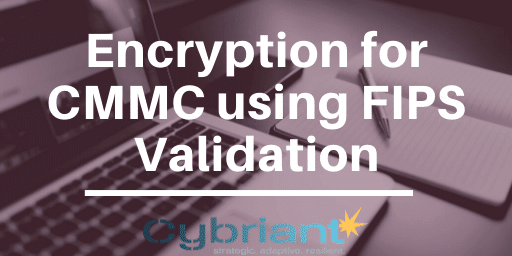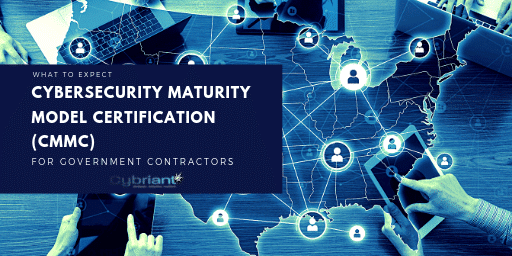Navigating the Implementation of NIST CSF Categories: Best Practices and Challenges

It’s estimated that cybercrime will cost the world $4.4 million in 2023, so this is definitely something you want to avoid. Having superior protection will give you a competitive advantage within your industry. Beyond improved protection, it’s an excellent selling point that will help build brand trust and loyalty. While it will cost to implement […]
Sticky-Widget: Encryption for CMMC using FIPS Validation

From time immemorial, it seems like that anyway, the National Institute of Standards and Technology (NIST) issued the Federal Information Processing Standards (FIPS) 140 which outlines the various standards for encryption that are to be used for processing federal information.
The Beginner’s Guide to CMMC Certification: Three Easy Steps

The Department of Defense has made it clear that self-attestation is no longer adequate for their supply chain. Cybriant can help make the CMMC certification process easier.
Cybriant Announces CMMC Service for DoD Contractors

Cybriant announces a new service for Department of Defense contractors in regards to the upcoming Cybersecurity Maturity Model Certification (CMMC).
Cybersecurity Maturity Model Certification (CMMC)

The upcoming Cybersecurity Maturity Model Certification (CMMC) may be a concern to you if you are a government contractor in an organization that contains Controlled Unclassified Information (CUI). Read on about how Cybriant can guide you through the CMMC process.

